Bold Strokes Books Author – Anna Larner
Highland Fling, Love’s Portrait, Highland Whirl and new release Invisible.
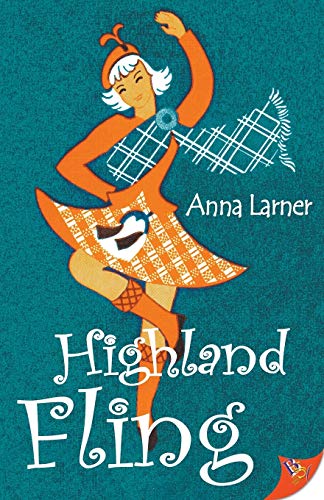
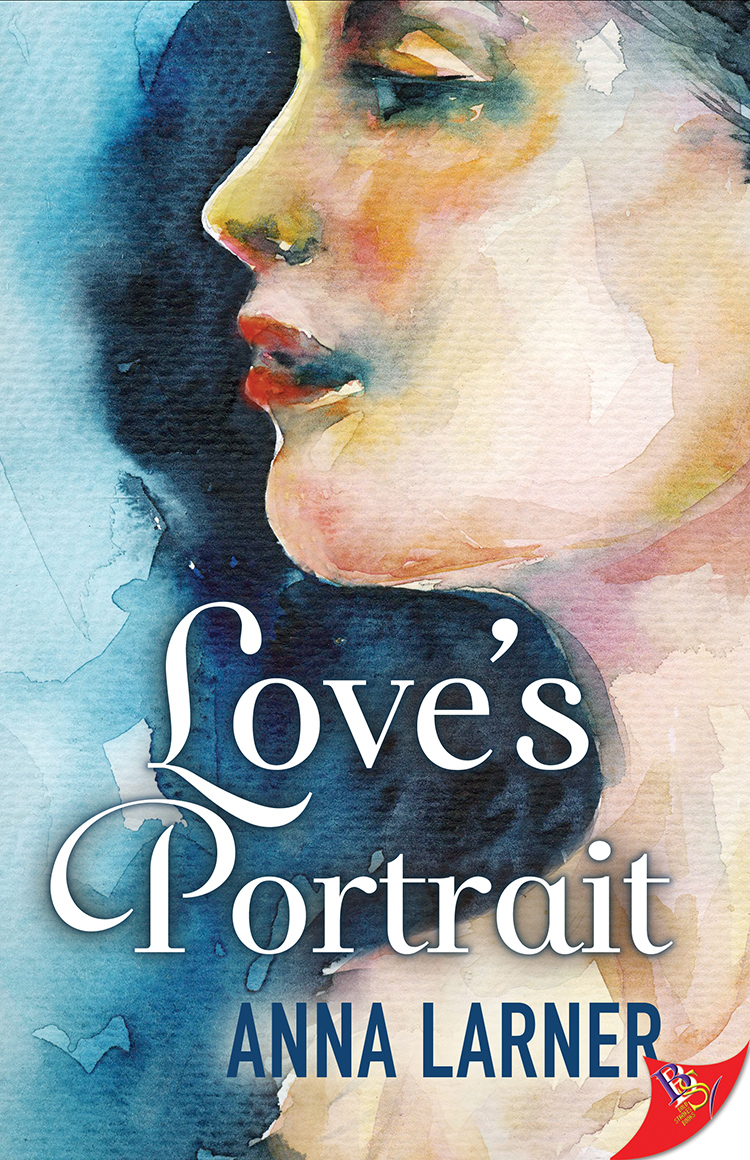
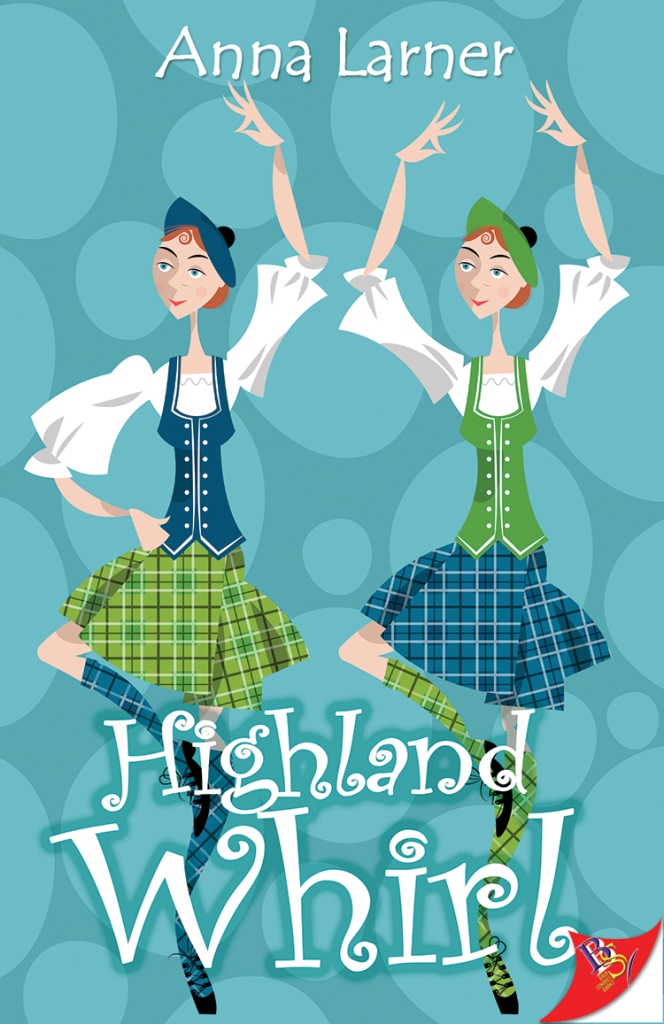
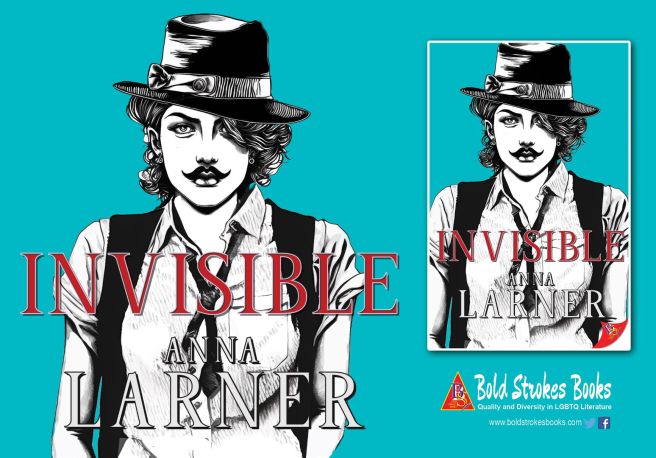
Why write lesbian love stories as opposed to any other kind of story?
I can still remember feeling very lonely and isolated by my sexuality, not seeing myself portrayed positively in literature, art or the media – so to now write stories about women falling in love [lesbian loves stories] as a Bold Strokes Books author means the world to me.
Also love is such a rich subject matter to write about. How a person reacts to love tells us so much about them. It draws out a person’s values, bringing out the best and the worst in all of us.

Why do you think authors of romances get such flack from the other genre writers?
Some people argue that if a author chooses to write lesbian romance books, accepting that they are working within its formula, that their ambition as a writer is limited in both depth and scope by such a focus, and that the subject of romance is superficial.
I wholeheartedly disagree with this. There’s nothing superficial about attempting to capture the romantic essence of love. It is incredibly hard and takes tremendous skill.
A well-written lesbian love story which brings joy and consolation is a success and surely a book should be judged by the impact it has on its readers.
What do you layer your stories with to make them unique while still hitting the must-have romance tropes?
Like every other story lesbian love stories can be boiled down to finding reasons why two attractive people cannot immediately have sex and ride off into the sunset together.
I’ve been privileged to be part of a local Heritage Lottery funded project called LGBTQ+ Oral History – Untold Stories recording the oral histories of older LGBTQ+ people in the Leicestershire area. What I learnt from this experience is that our sexuality is so personal, our experiences are so varied, however there are certain common themes.
Lesbians throughout history and today have struggled with self-acceptance, family acceptance and society’s acceptance.
And I want to capture this on the page in an engaging and entertaining way.
So in Highland Fling I write an authentic representation for those lesbians who discovered their sexuality at a time when there was no such thing as ‘glad to be gay’ and how this defining experience colours their choices. But as with all hard subject matters there is great poignancy in the humour that can be found.
In Love’s Portrait, I write a contemporary love story highlighting the need for visibility of our LGBTQ+ Representation in Museums. This is set in the context of a museum when often the sexuality of the subject matter is omitted. I know we are not just our sexuality but it is a big part of how we experience life and it shouldn’t be airbrushed out or overlooked.
Have you ever tried to write a couple who just didn’t work?
What did you end up doing with this story if so? If not, what is it that makes your couples always work in the end?
The main characters in Highland Fling, Moira and Eve, on paper shouldn’t work. They are very different women – different ages, different geographical background, different lifestyle, and have made different life choices. Highland Fling hinges on this very tension.
But when you find ‘the one’ you fight for love, you compromise, you see the other person’s perspective, and you want to make things better.
So how I make them work is that Eve simply gets Moira, she fundamentally understands her. Eve is wise beyond her years and has a way of simplifying and unpicking the complex.
“All we have is right now, and I want to spend all of my right nows with you.”
It is Eve’s compassion that builds the bridge between them and it’s her dogged determination to fight for their love that wins the day.
How do you keep multiple sex scenes from being monotonous?
Each sex scene is fused into the emotional journey of the characters. When they give in to their innermost needs these scenes are the critical turning points in the story.
Sex is not just sex it is the story itself!
Have you ever written a couple who got along so beautifully, you were a little jealous?
In my current work in progress Love’s Portrait museum curator Molly Goode and benefactor Georgina Wright are really lovely together.
Molly’s passion and determination to uncover hidden histories and champion diversity within the museum sector wins the respect of her bosses and the heart of the woman she loves.
LGBTQ+ Book Recommendations
Has another author’s work every made you feel this way? Yes, many authors work. Here’s three examples – Quinn & Honor in Radclyffe’s Fated love, Poppy & Rosalyn in Clare Ashton’s Poppy Jenkins, and Liza & Annie in Nancy Garden’s Annie On My Mind.
Photos From The Bold Strokes Books Festival


Dena Blake and Aurora Rey
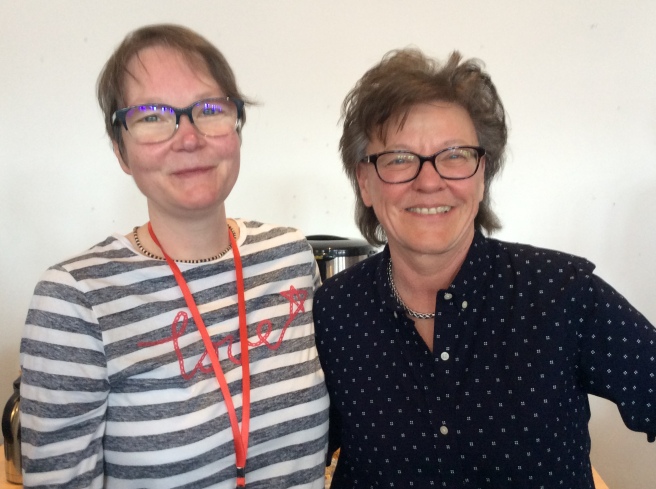
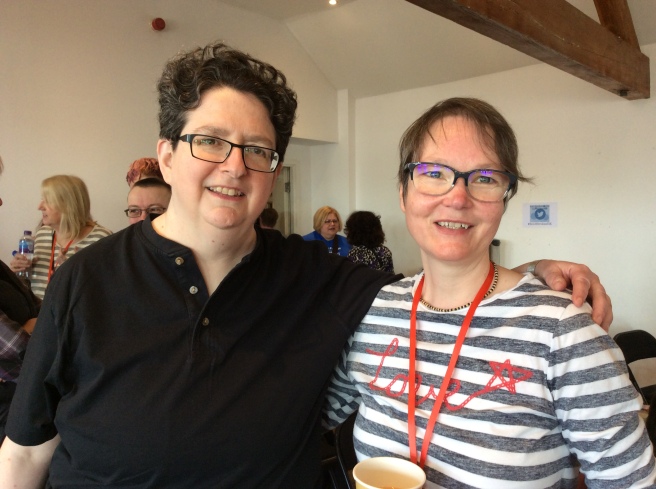

Bold Strokes Books is a midsized independent publisher that offers a diverse collection of LGBTQ+ general and genre fiction. The Bold Strokes Book Festival was held at Waterstones, Nottingham, UK.
